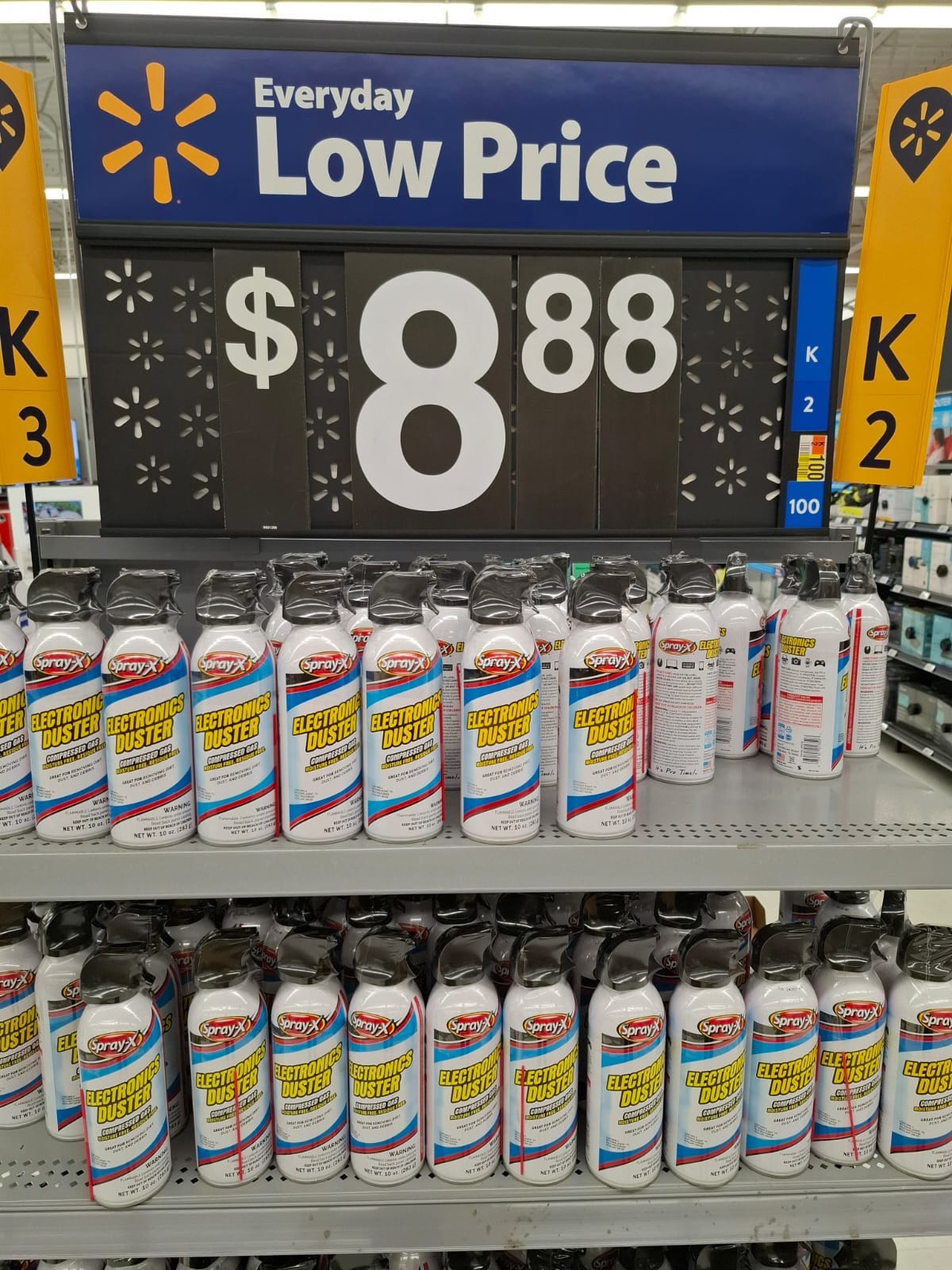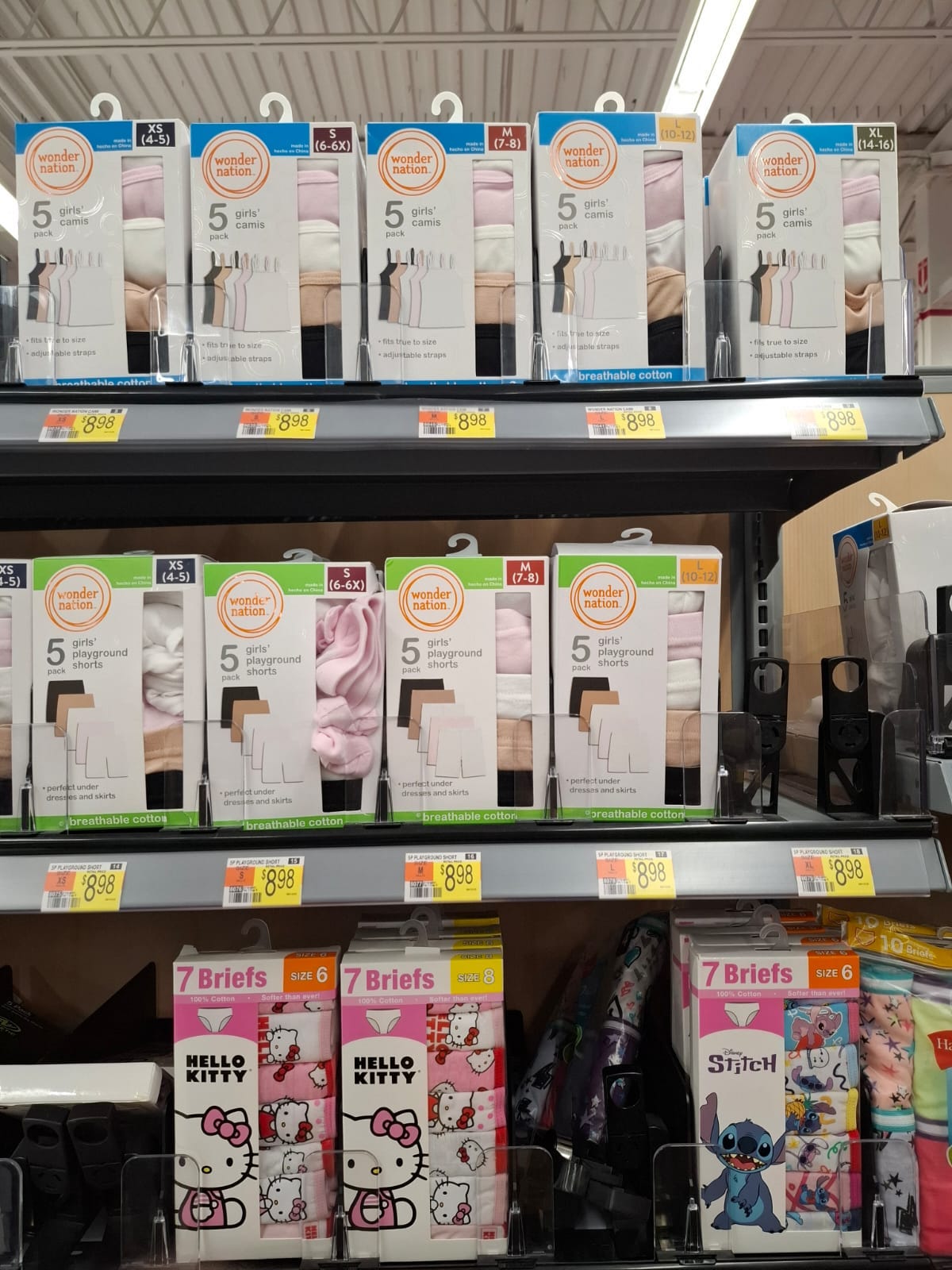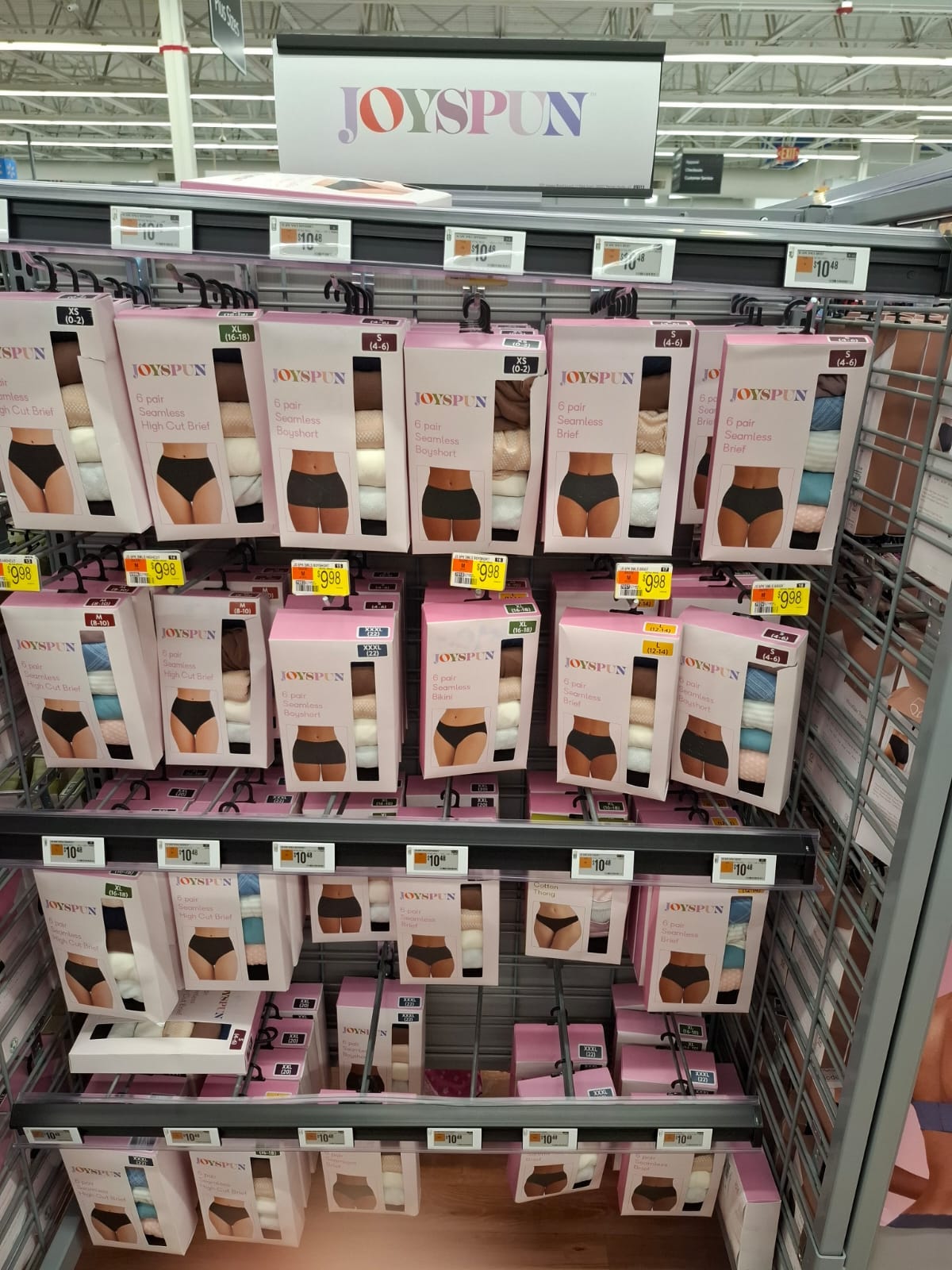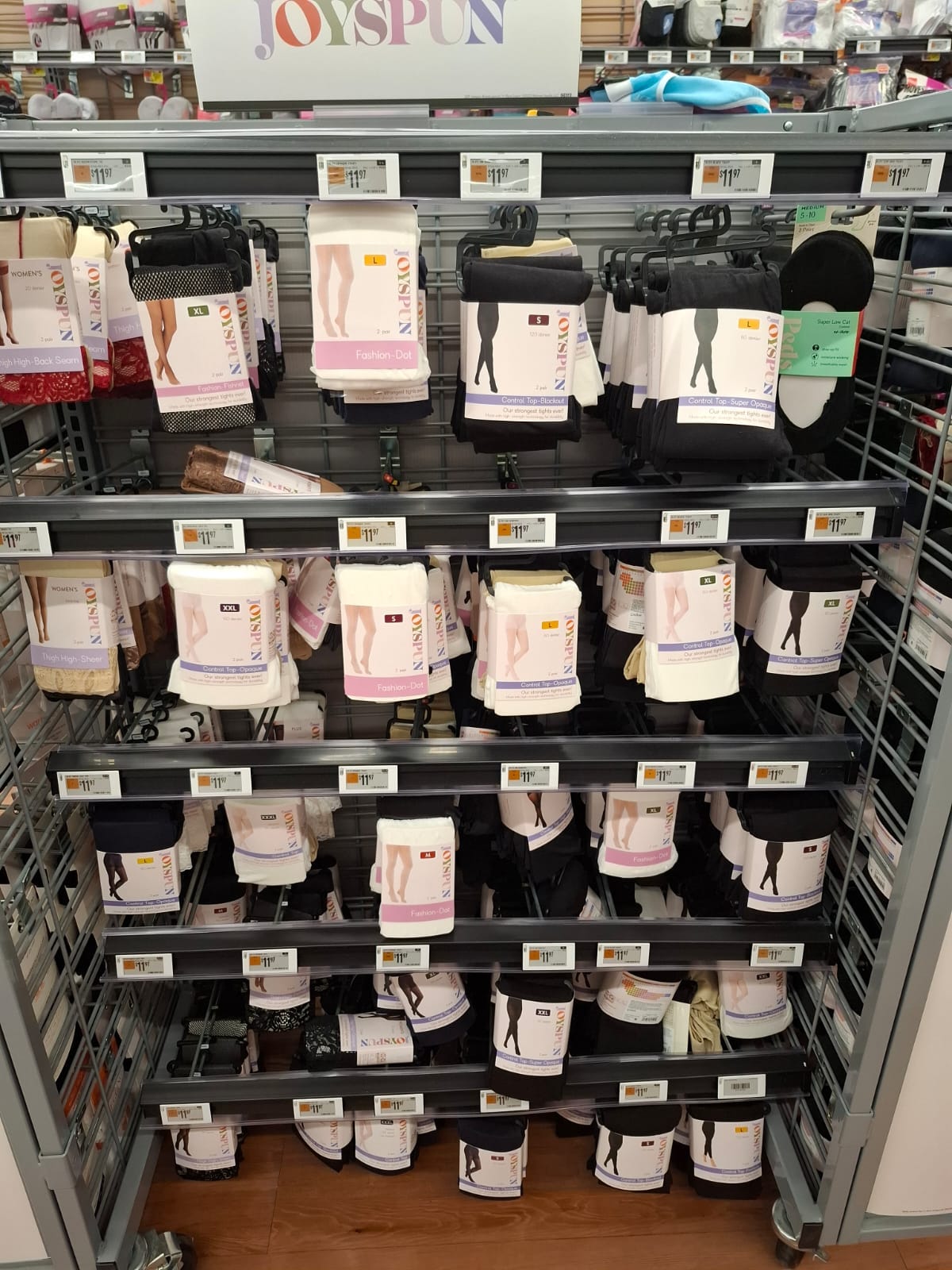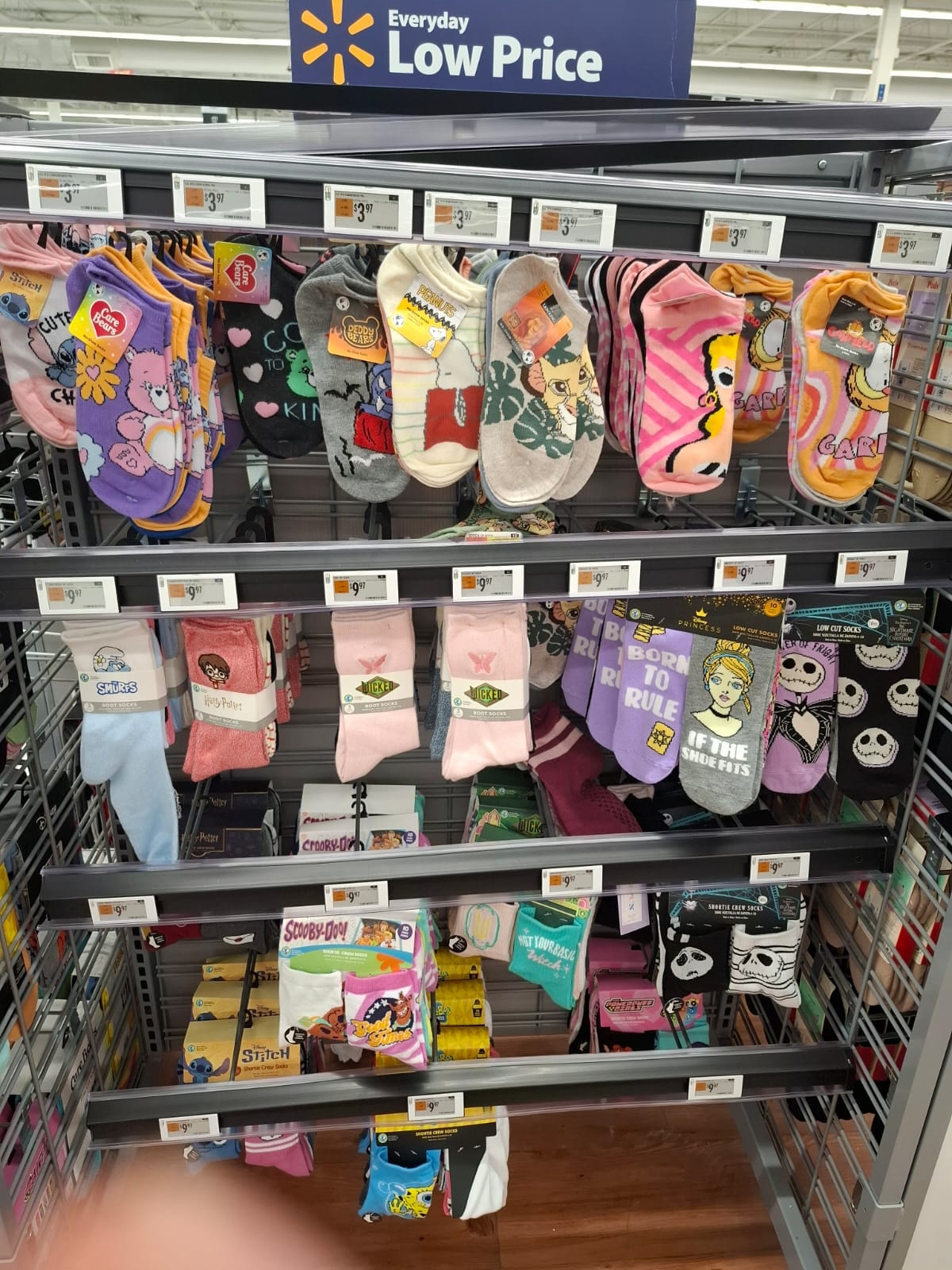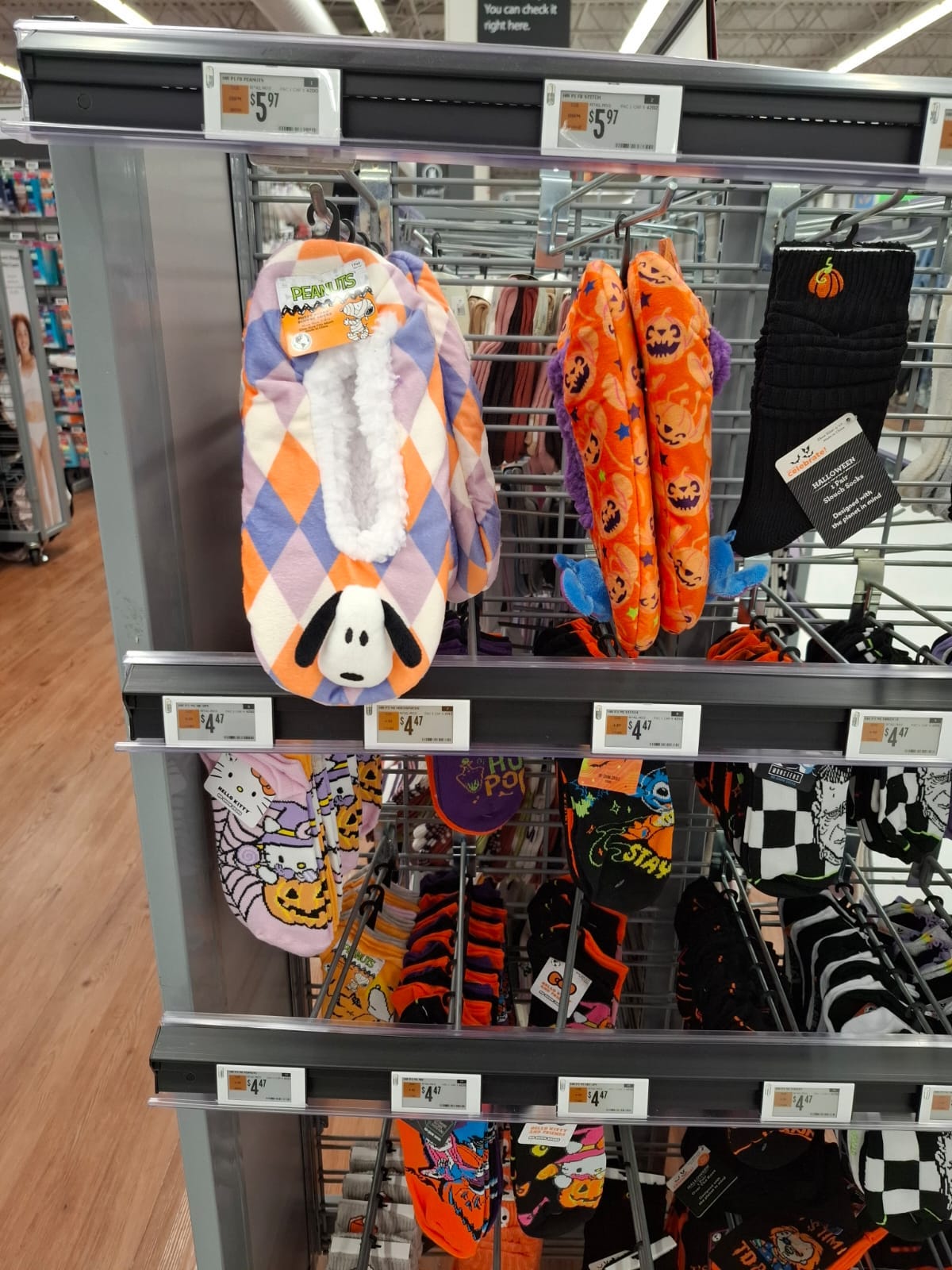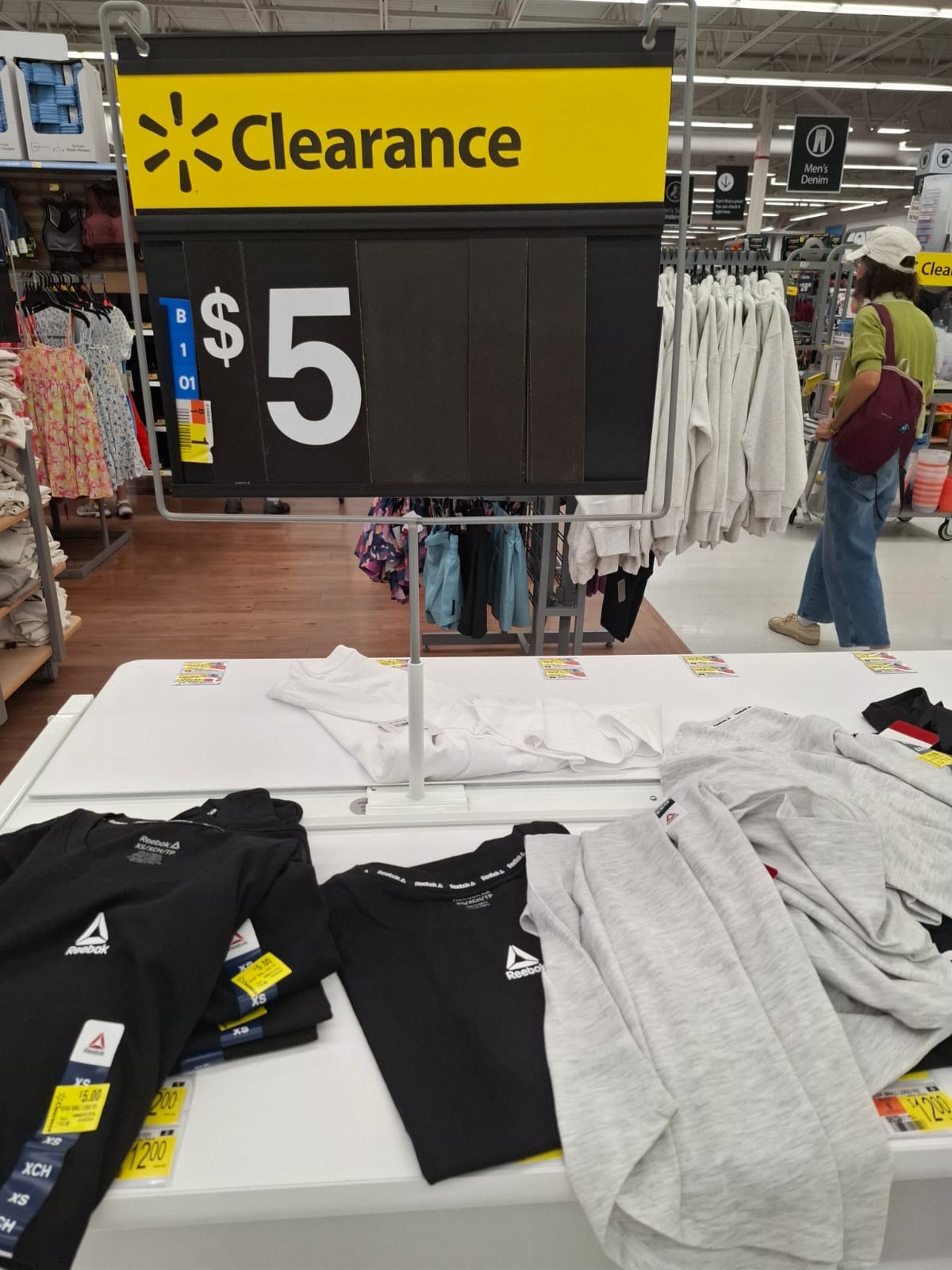How Walmart’s Price Tags Align With Behavioral Pricing Tactics
How Walmart’s Price Tags Align With Behavioral Pricing Tactics
During a recent visit to Walmart, I photographed a variety of price tags across multiple product categories — from electronics accessories to clothing and seasonal items. When compared against tactics outlined in Nick Kolenda’s Pricing guide, the patterns reveal a deliberate and layered pricing strategy.
1. The Signature “.88” Strategy
Example: SprayX Electronics Duster – $8.88
Walmart’s use of “.88” is not accidental. While many retailers use “.99” or “.95” to convey value, Walmart has institutionalized “.88” as part of its brand identity. According to Kolenda, repetitive digits can make prices more memorable and create a perception of intentional, value-driven pricing. This ending also differentiates the store’s offers from competitors that rely on .99 endings.
2. The “Just-Below” Price Point (.98)
Examples: Wonder Nation Girls’ Apparel – $8.98, Garanimals Children’s Clothing – $3.98
Kolenda notes that just-below pricing exploits left-digit bias — $8.98 feels like “eight-something” rather than “nine.” Walmart applies .98 endings consistently in certain product lines, reinforcing a perception of stable, everyday value. Consistency matters: customers learn to recognize and trust the pattern.
3. Precision Pricing (.18, .48)
Example: No Boundaries Women’s Underwear – $7.18, Joyspun Intimates – $10.48
Precision pricing — using endings like .18 or .48 — signals that the price was calculated with exactness, rather than arbitrarily rounded. Kolenda’s research shows that precise prices can imply a “cost-based” rationale, making the number seem fairer and more legitimate. In Walmart’s case, it may also differentiate price tiers within the same category.
4. Anchoring with Close Alternatives
Example: Joyspun Intimates – $9.98 vs. $10.48
By placing two similar products at slightly different prices, Walmart leverages anchoring. Customers compare the two, and the slightly lower price feels like a better deal — even if the difference is only fifty cents. Kolenda emphasizes that anchoring works best when prices are presented together and the cheaper option is still profitable.
5. The “Special Purchase” Signal (.97)
Examples: Joyspun Hosiery – $11.97, Novelty Socks – $3.97 / $9.97
In many U.S. retailers, a .97 ending suggests clearance or special purchase. While Walmart doesn’t publicize this meaning, frequent shoppers may learn the pattern. Kolenda points out that such endings can subtly communicate urgency or uniqueness, nudging customers toward immediate purchase.
6. Seasonal and Odd-End Pricing (.47 / .97)
Example: Halloween Slippers – $4.47
Odd endings below .50 (like .47) are rarer in everyday pricing, so they can stand out in seasonal or promotional contexts. Kolenda’s “odd-ending for sale” principle explains that these unusual endings can help items feel like limited-time offers, even without explicit sale signage.
7. Rollback – Pepsi & Soda Packs
Was $8.48 → Now $6.34
Anchoring & Price Framing: Showing the old price next to the new price creates a reference point (anchor) that makes the new price feel like a bargain.
Precise Pricing (.34): Ending with .34 signals calculation rather than arbitrary rounding — can feel more cost-based.
Visual Contrast: “Rollback” in a large red banner draws immediate attention; the color red is often associated with urgency and discounts.
Two-Stage Price Drop: The exactness of $8.48 to $6.34 also implies a real, measured markdown rather than an inflated discount.
8. Clearance – Reebok T-Shirts
Flat $5.00
Rounded Pricing for Clearance: Kolenda’s research notes that round numbers (like $5) can feel easier to process and are often used for clearance because they encourage quick decision-making.
Simplicity Effect: In clearance contexts, simplicity beats precision; the shopper immediately sees “cheap.”
Category Clean-Up Cue: Large yellow “Clearance” signage functions as both a price cue and a mental nudge to browse for possible hidden deals.
Engin Yilmaz



